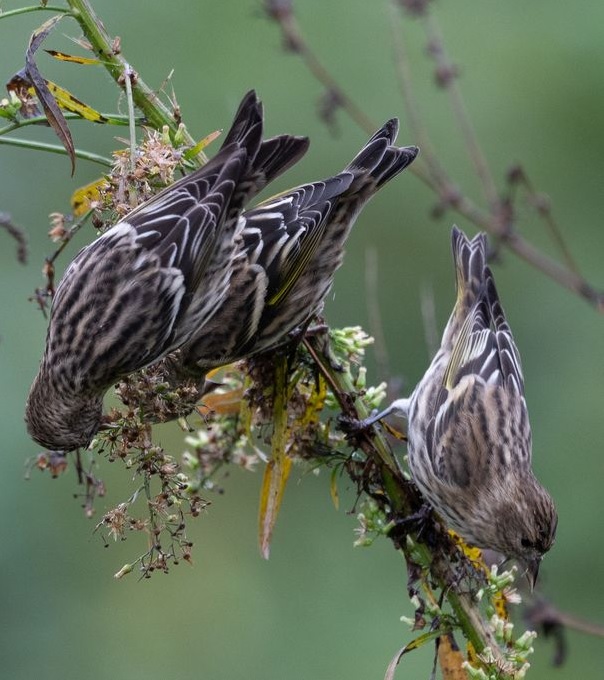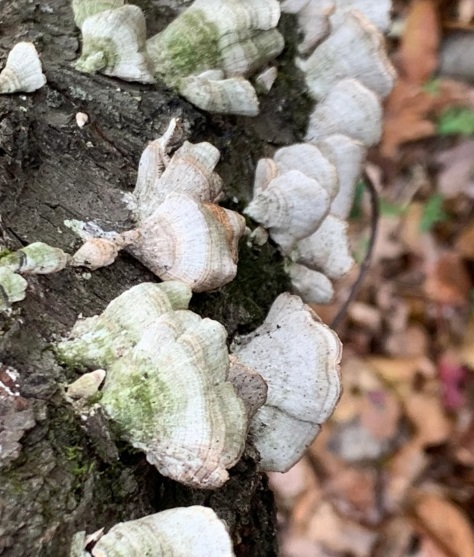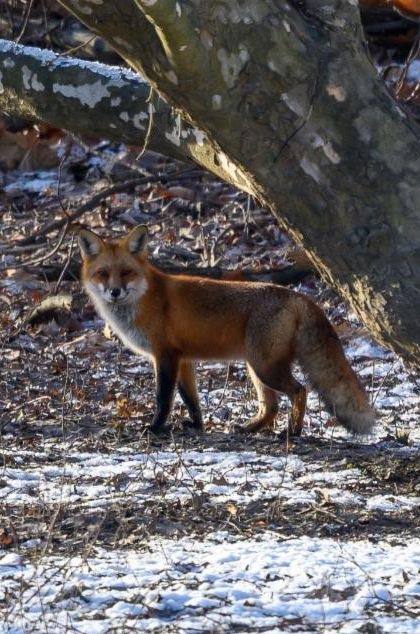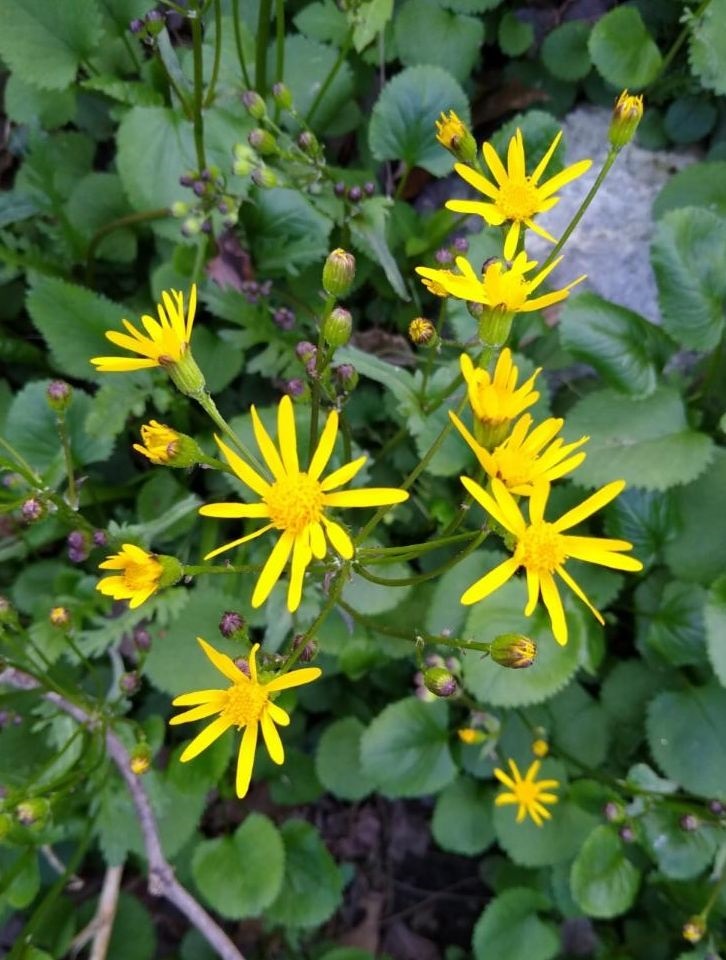Sightings on iNaturalist
FOSC and iNaturalist
In May of 2020, FOSC announced that we are moving our Animal/Plant sightings in Sligo to a new resource dedicated to our watershed on iNaturalist. iNaturalist is an online social network for naturalists and scientists that collects nature reports from all over the world.
Called the Fauna and Flora of the Sligo Creek Watershed, this resource was created with Stephen Davies, whose bird photos are often featured in the Friends of Sligo Creek newsletter. You can use it both for reporting your sightings and for viewing other sightings from hundreds of other sightings posted to iNaturalist of plants and animals observed within Sligo. From the headwaters in Kemp Mill to its crossing under East/West Highway in Hyattsville, you can see what flowers are blooming, which migratory birds are arriving, where frogs are appearing, the kinds of insects flying, and so much more.
Stephen created this resource by delineating the boundaries of the Sligo watershed in iNaturalist based on a map created by the Washington Metropolitan Council of Governments. Nearly 1,500 species of plants, mammals, birds, frogs, salamanders, snakes, and insects are already identified (both native and introduced) in Sligo, including 526 plants, 400 insects, 138 birds, 90 fungi (mostly mushrooms), 36 arachnids (spiders), 13 mammals, nine fish, seven reptiles, and six amphibians. These were sighted by 550 observers with identification help from 1,036 people online.
Using iNaturalist
The iNaturalist site works best through the iNaturalist app on a smart phone. On a computer, navigate to the Sligo Watershed page by visiting the iNaturalist site, then choosing “projects” under the Community tab, and typing in “Sligo Creek Watershed.”
You can view sighting reports as either a grid (with large photos) or as a compact list. Using the search box, you can find individual species (such as “Monarch butterfly”) or groups of organisms (such as “butterflies”) or select pre-established filters for various types of plants or animals.
Getting the Most Out of iNaturalist
- For plants (whether trees, shrubs, or wildflowers), it’s best to shoot flowers and leaves separately, along with a side view of the whole plant. Take several shots from different angles to give various perspectives that are helpful in identifying the species. Then step back and take a shot of the context so people can see the habitat where you found it.
If there are flowers, take a top-down photo of flowers to show the number of petals (or petal-like structures).
- For animals, take advantage of the “notes” box to describe their behavior, which is usually fascinating for readers, or note how rarely or commonly you’ve seen them.
- Shoot each plant from a side view to show the arrangement of stalks and leaves. A contrasting backdrop helps the plant’s details stand out.
- If you don’t know what you’ve seen, enter a very general search term (such as “plant” or “animal”). iNaturalist has an image recognition system which offers a series of suggestions based on your photos.
- Other users can help with identification of your animal or plant by posting suggestions on identification as well.
Archive of Nature Sightings in Sligo
Sightings on the FOSC website date all the way back to 2005. Our archive of animal and plant sightings from 2014 to 2018 continue to be available in the FOSC Sightings Archive. We will be adding all the reported sightings through 2019 and the first five months of 2020 to the Archive in the coming months.
Questions?
For questions or more information about navigating in iNaturalist, contact [email protected].
From the March Newsletter: FOSC on iNaturalist

Heard about iNaturalist.org but uncertain how to navigate the site or contribute your own observations? Expert birder and iNaturalist contributor Stephen Davies recently gave a tour through the many features of this site. He used the iNaturalist project “Fauna and Flora of the Sligo Creek Watershed” as a starting point.
iNaturalist is an open-source, joint initiative of the California Academy of Sciences and National Geographic. It has world-wide scope, with 3.5 million people contributing 57.8 million observations to date.
Users can upload their observations, keep track of their photos, crowdsource identifications, join citizen science projects, see trends and build knowledge of the natural world. Creating an account at iNaturalist is simple and free.
FOSC also has a page on how-to-navigate-in-iNaturalist to help you find observations of interest and upload your own, as well as a page on how eBird.org works.
To receive the Newsletter with all upcoming event invitations and meeting links, please join FOSC.





